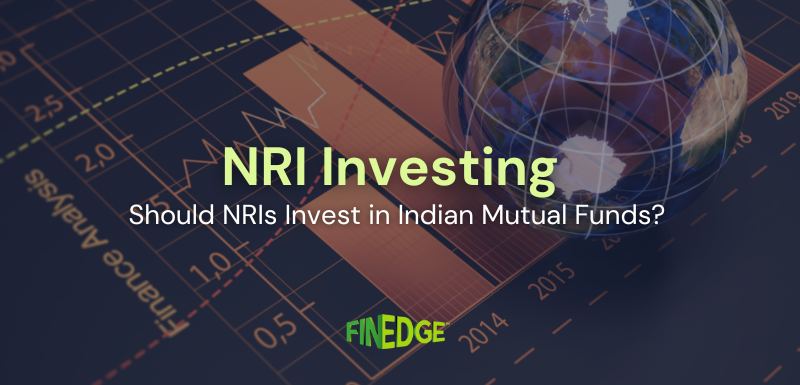4 Basic Mutual Fund Investment Rules

Whether you’re a short-term investor or a long-term one, a high-risk taker or risk averse; there’s a Mutual Fund out there to suit your needs. Mutual Funds Sahi Hai, but only if you follow a few basic principles while investing in them. Here are four important rules for you to follow while making mutual fund investments.
Understand the Risks
All Mutual Funds carry risks in some form or the other. Make sure you understand them before investing. Some categories of mutual fund investments will carry higher risks than others, and will have the scope to deliver higher long term returns in exchange. For instance, banking sector funds have delivered negative returns in the recent past owing to the unearthing of the PSU bank scams. However, such a fund would also have the potential to rebound faster than lower risk, diversified equity funds in case the sector were to start undergoing long term reforms. What matters is that the risks should be well understood by you and acceptable to you.
Don’t “Churn & Burn”
You’ll not achieve much by constantly moving in and out of funds. Once you’re zeroed in upon an investment strategy, you need to give your investments time to start delivering. Don’t expect mutual fund investments to begin giving you return from the day that you invest. Remember, mutual fund investments are linked to debt and equity markets, and so will fluctuate wildly in the short term. Over longer time frames, returns will be smoothed out. Constantly succumbing to impatience and churning in and out of funds will only end up hampering your returns.
Don’t be Blindsided by Past Returns
A little bit of knowledge is a dangerous thing – and this applies to mutual fund investments too. Typically, retail investors log into a mutual fund investment website, and search for funds that have delivered handsome returns in the past year. However, this is a strategy that’s unlikely to pay off, because this is akin to buying an asset after it has gone up in price! It’s best to consult with a seasoned Financial Advisor in order to select the funds that are best suited to your risk tolerance, liquidity constraints and financial goals.
Follow Asset Allocation
Every asset class doesn’t deliver great returns in every time frame. There are times when equity will outperform, and there are other times when debt and gold-oriented funds will outshine others. For this reason, its important to follow a predefined asset allocation strategy and stick to it resolutely through a disciplined annual rebalancing process that should ideally bring your portfolio back to your target asset allocation. Don’t let your emotions come in the way of your asset allocation strategy, though. Follow facts and common sense instead.
Your Investing Experts
Relevant Articles
Responsible Credit Card Usage: Three Principles Every Consumer Should Follow
Credit cards are powerful financial tools when used correctly, offering convenience, rewards, and short-term liquidity. But when used without discipline, they can quickly turn into high-interest liabilities. Understanding a few essential principles can help you manage your cards responsibly, maintain a strong credit score, and avoid stress caused by compounding debt.
Types of Debt Funds in India
Debt funds in India offer something for everyone, from overnight investors to those with long-term goals. Knowing the types of debt funds can help you align your choices with your financial plan.
Should NRIs Invest in Mutual Funds in India?
India’s economy is entering a powerful growth phase, and NRIs have a unique chance to be part of it. Mutual funds make it simple, transparent, and goal-driven to participate in this long-term opportunity.
.png)
.png)
.png)
